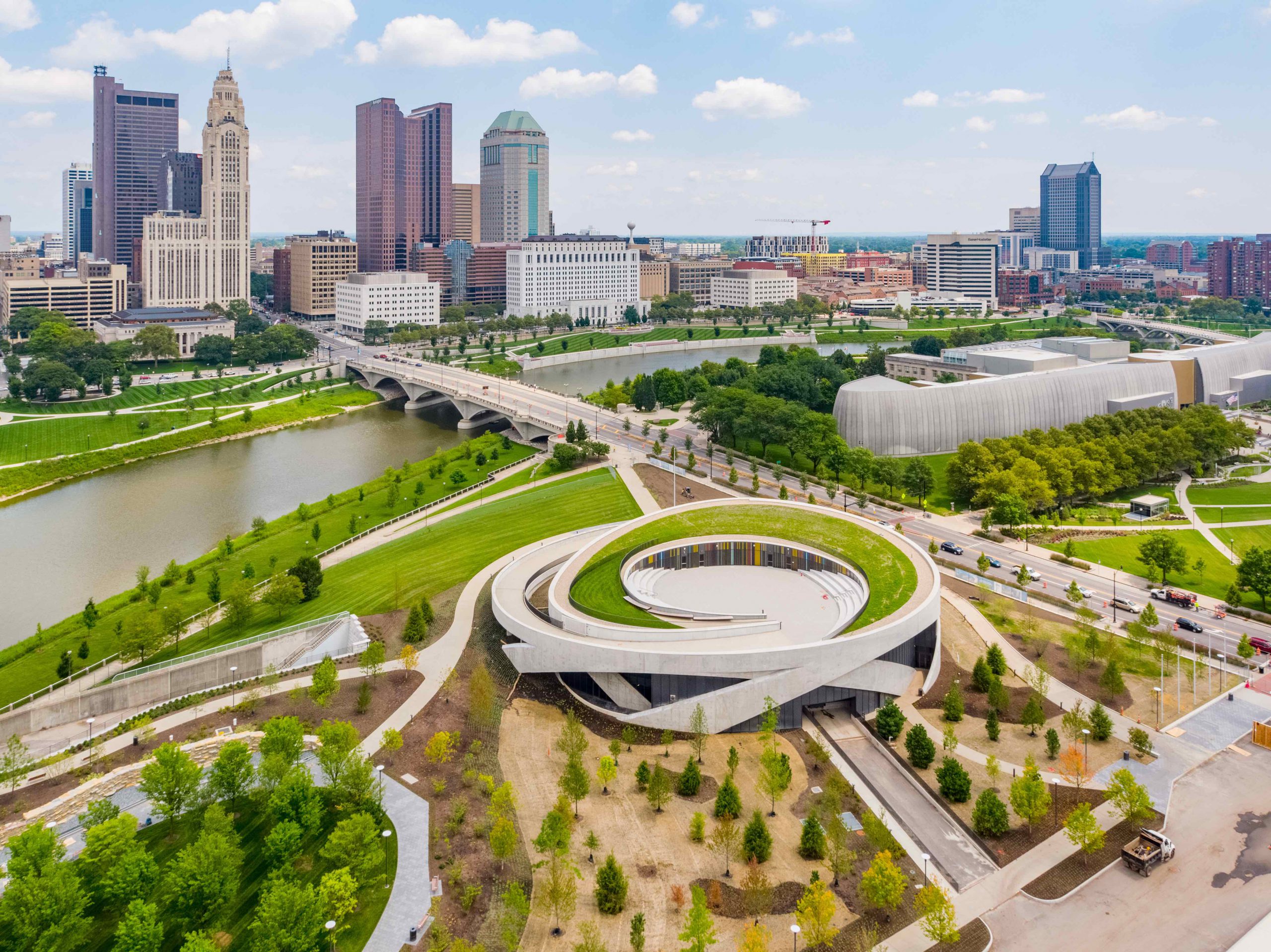The role of concrete in helping communities withstand natural disasters, ensuring stronger buildings and meeting the challenges of climate change
Concrete structures play a critical role in making communities stronger and safer. Concrete is the best construction material to mitigate the impacts of extreme weather events and disasters. When compared to other building materials – there is no contest.
Durability
One word often associated with concrete is durability. There are two aspects of durability. One is the ability to stand up to normal wear and tear and last a long time. The other is to resist extreme events like natural (or man-made) disasters. Concrete is the best choice for construction:
- Concrete lasts longer and costs owners much less in maintenance and repairs over the lifetime of the building.
- It can be used for construction in all climates. It is non-combustible and does not rot, warp, mold or sag when exposed to moisture over time.
Resiliency
One of the safest places to be during a major storm is in a reinforced concrete building. In fact, most safe rooms and shelters are made with concrete. A structure’s resiliency, be it residential, commercial or public property, is determined by whether occupants can safely shelter there during natural disasters, and whether the structure itself can survive. If a structure can be repaired rather than replaced following a disaster, it’s a faster and less expensive return to normal for the residents of the homes and a quick return to business operations for commercial establishments.
Concrete can be incorporated into structures in several ways to make them more durable and disaster resistant:
- Using concrete walls, floors and roofs offers an unsurpassed combination of structural strength and wind resistance.
- Concrete is non-combustible and concrete walls, floors and roofs are given a good fire rating by the International Code Council. Most concrete structures (those with a thickness of 3 to 5 inches) are more fire resistant than structures built with other materials, making them more likely to withstand fires and giving occupants more time to safely evacuate.
- Concrete is not subject to rot, which would occur in wood when exposed to warm, wet conditions.
- Finally, hardened exterior finishes, like those offered by concrete, for walls and roofs of a home or business provide the best combination of strength and security.
Resilient communities start with comprehensive planning and a preference for robust structures with long service lives. More durable buildings with resilient features promote community continuity.
Lifecycle costs
Over the life of a building, the expected cost of maintenance and post-disaster repair can exceed initial building costs—making an economic case for investing up front in resilient construction. Although concrete is cost competitive when making initial decisions about building materials, the overall cost of construction is less about materials and more about labor and time spent making repairs and other upkeep on the structure.
Sustainability through resiliency
The most sustainable building is the building that is only built once. Buildings and structures with resilient design and materials are not only better able to recover following disasters, such as hurricanes or fires, they are also the new “green” buildings. Builders, architects and designers have come to recognize that more durable public buildings, private homes and businesses – often built with concrete to resist damage from natural disasters – also reduce the impact our communities have on our planet.
Resilient structures are good for the planet because their environmental footprint can be spread over many decades. Building more resiliently can help keep materials out of landfills, preventing organic material, such as timber, from decomposing and generating landfill gas (LFG). LFG contains roughly 50% methane, which is more harmful than carbon dioxide.
For more information about how concrete creates resilient transportation networks, visit Connecting Our Transportation Systems.
For more information about the sustainability properties of concrete, visit Sustainability Practices in the Cement and Concrete Industry.
